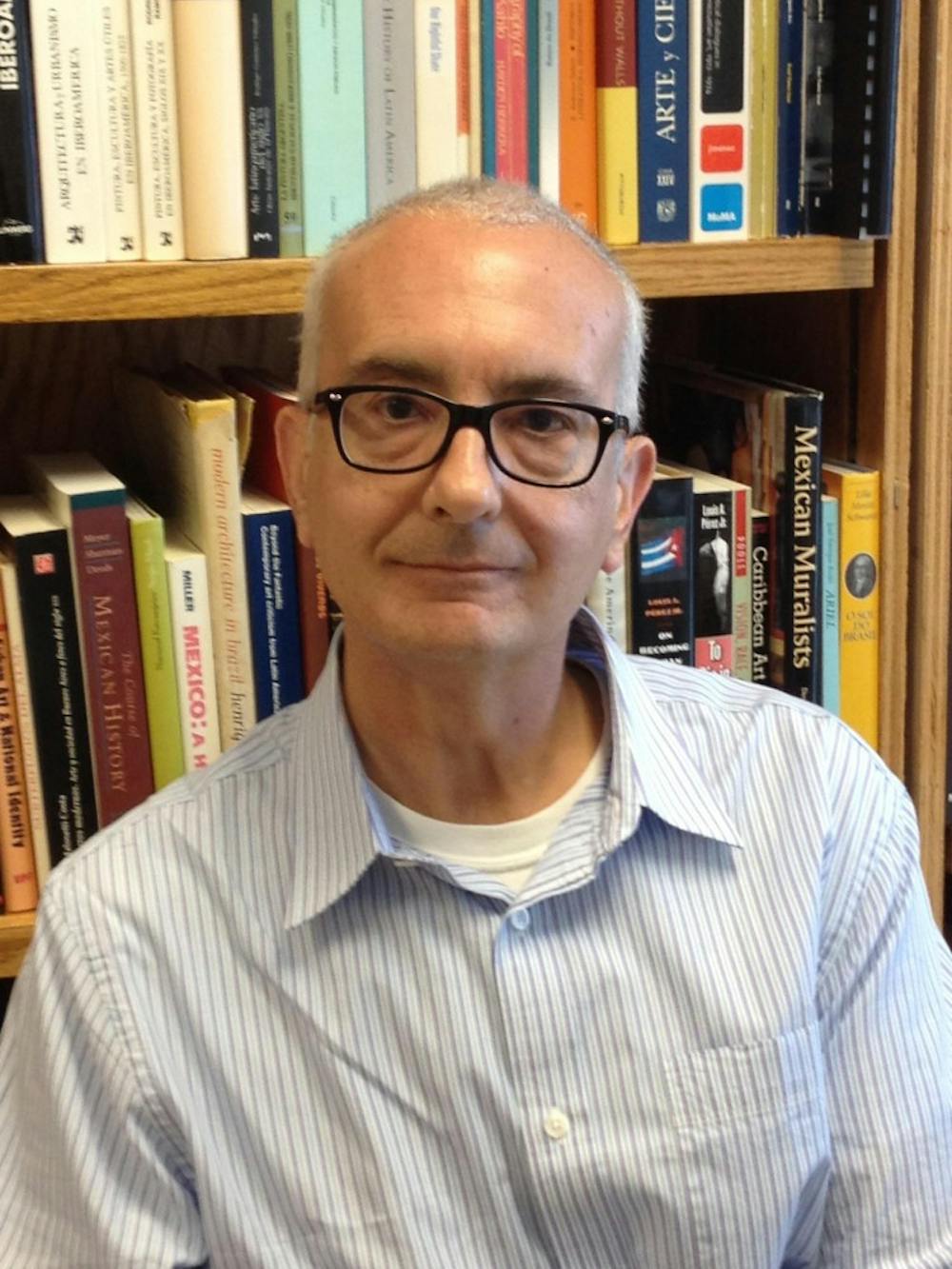Associate professor of art and art history Eduardo Douglas did not initially want to be an art professor. After nine years at UNC in the profession, he has found his place by studying the unique subject of Mesoamerican and Latin American Art.
Douglas said he was originally taking classes in classical languages and literature and had even started graduate school in classical languages and literature. But he ended up reconsidering his education choices and decided to pursue art history instead of classical languages.
Teaching was a career he just fell into, but he was always interested in art. Now he is going into his ninth year at UNC.
"It's a very desirable job, and that's why I came," he said.
He teaches a little bit of everything from pre-Colombian art to the modern period, Douglas said. He did his first project on 16th-century Mexico. He became interested in what happened to indigenous painting traditions in that early period and how they adapted to the changing times.
His current research is looking at Brazil and thinking about what it actually looked like in the Colonial period. He said landscape was not part of the tradition, and when we see landscapes in colonial paintings from Latin America, it tends to be landscapes that are copied from mesh prints or other printed sources. He has also recently spent time looking at mural painting traditions in the Andes.
“This mural painting tradition that’s introduced by Italian artists at the end of the 16th-century continues and becomes a very important part on how these communities think about themselves and engage in their faith and practices,” Douglas said.
JJ Bauer, visual resources curator and assistant teaching professor of art and art history, met Eduardo when he first joined the UNC faculty. She said he’s been her colleague since that time and his work overlaps with her own.
“He has different areas of research: Mesoamerica art, art history and artifacts, architecture, but also Latin American modernism,” she said. “This is where we share an interest. I have a research interest in modern architecture and so we have lots of conversations about Latin American modern architects.”




